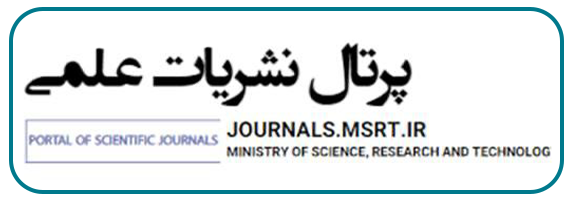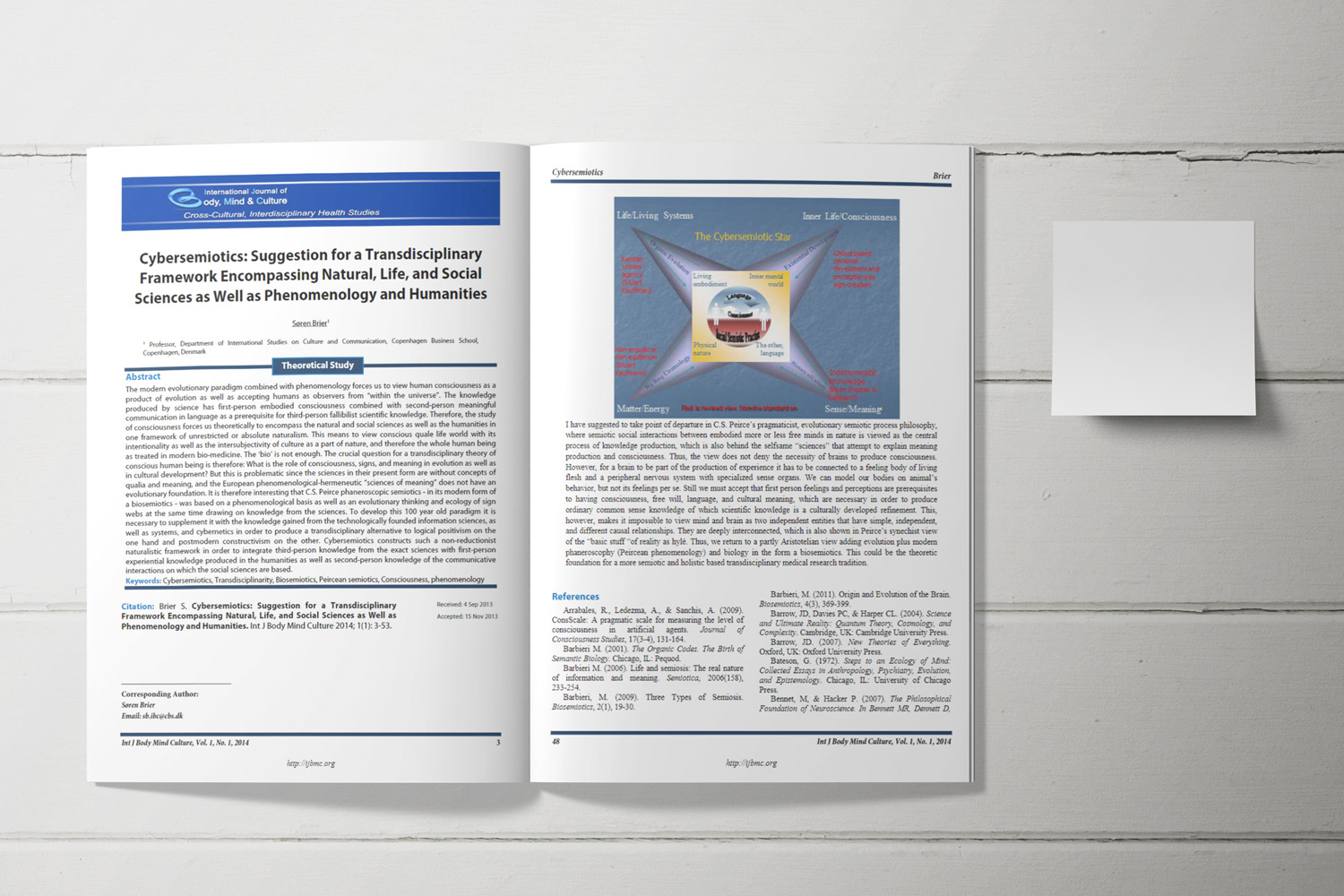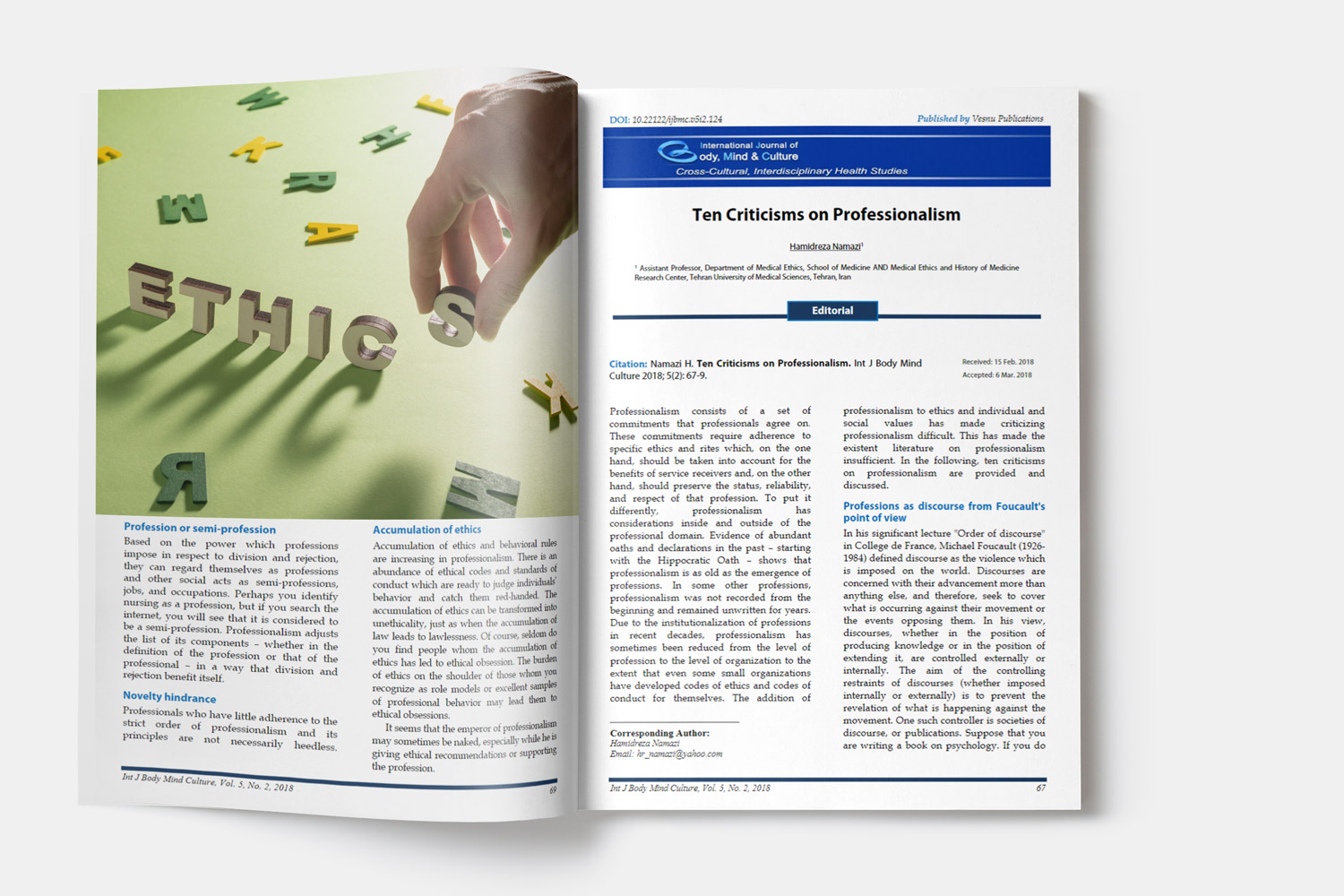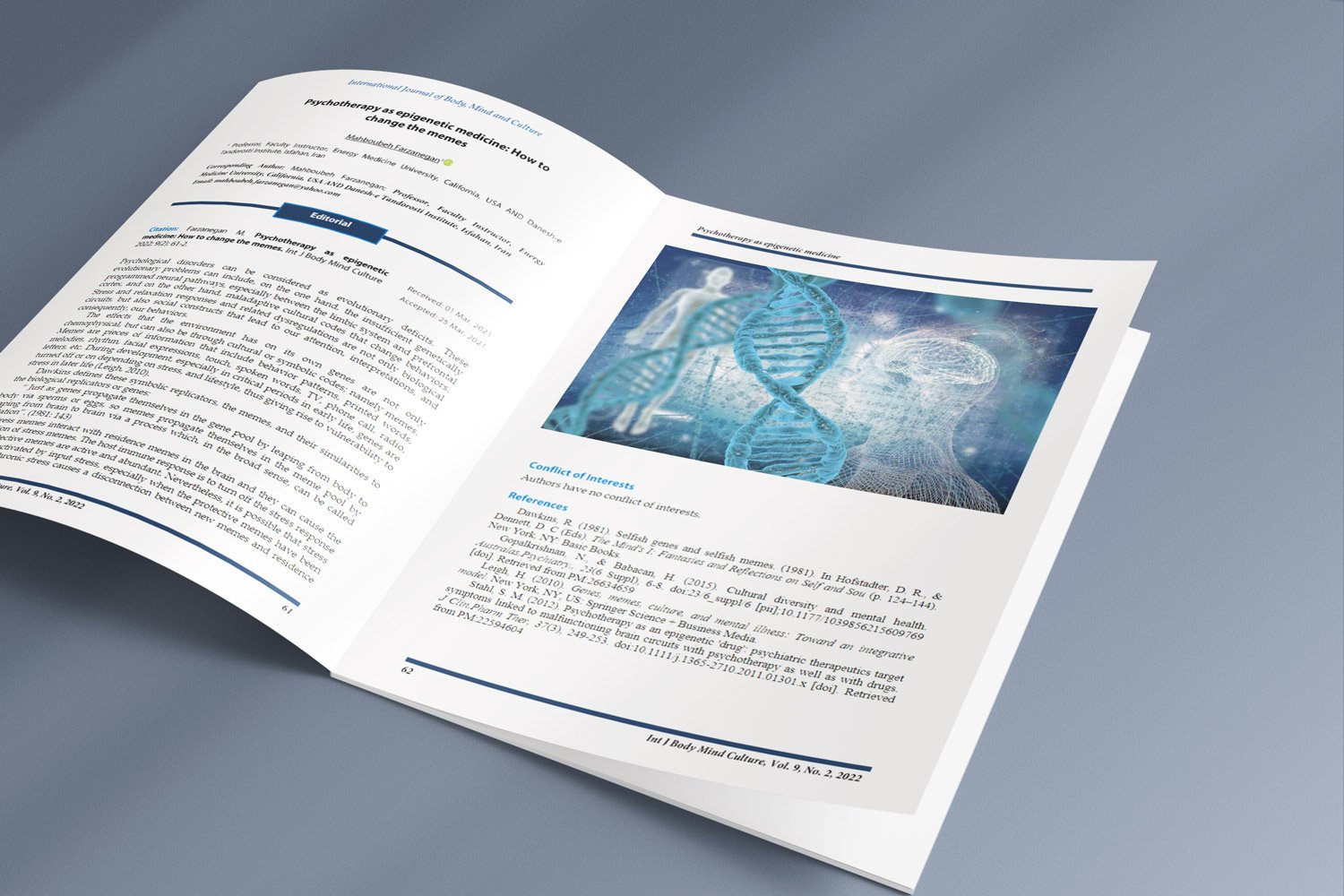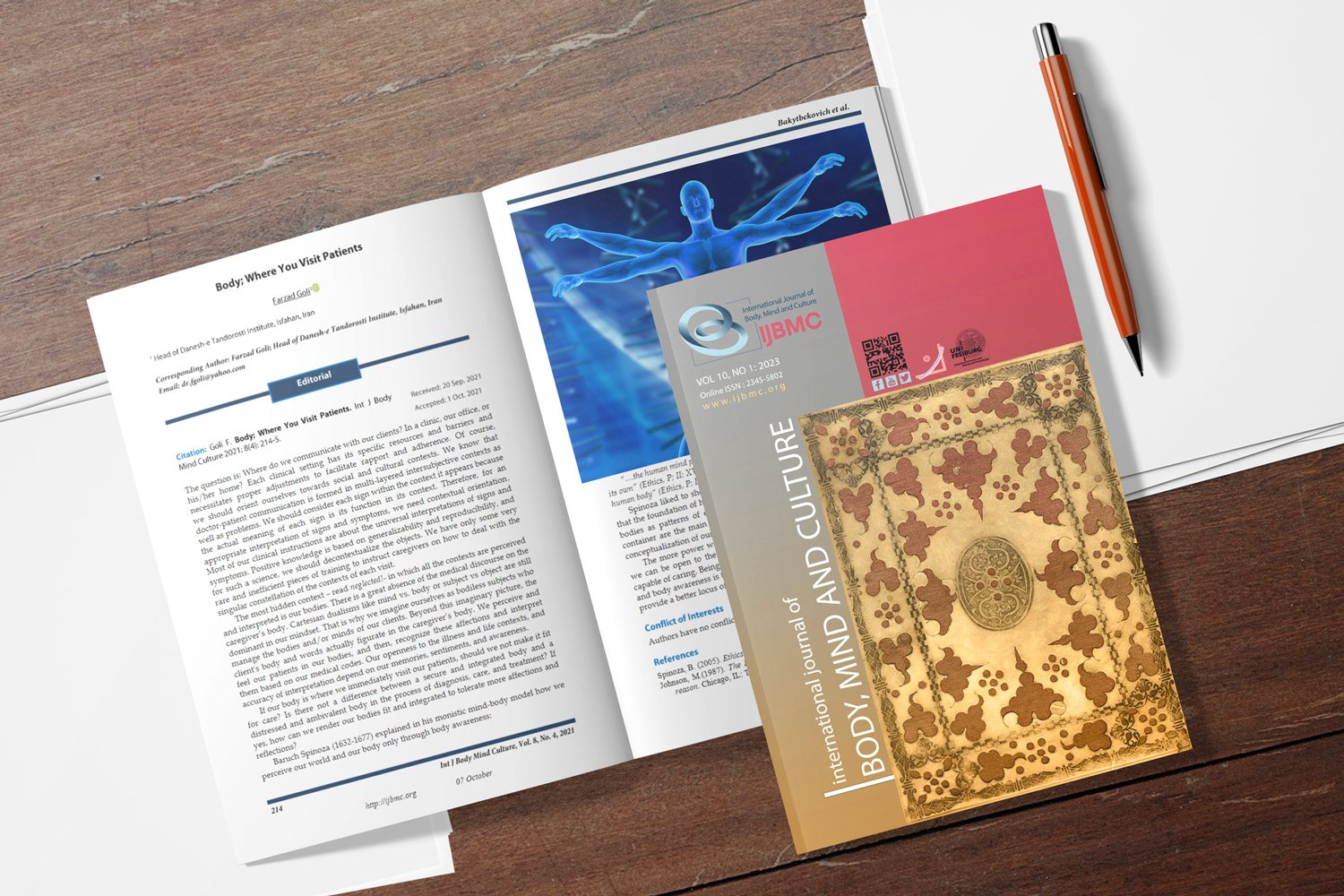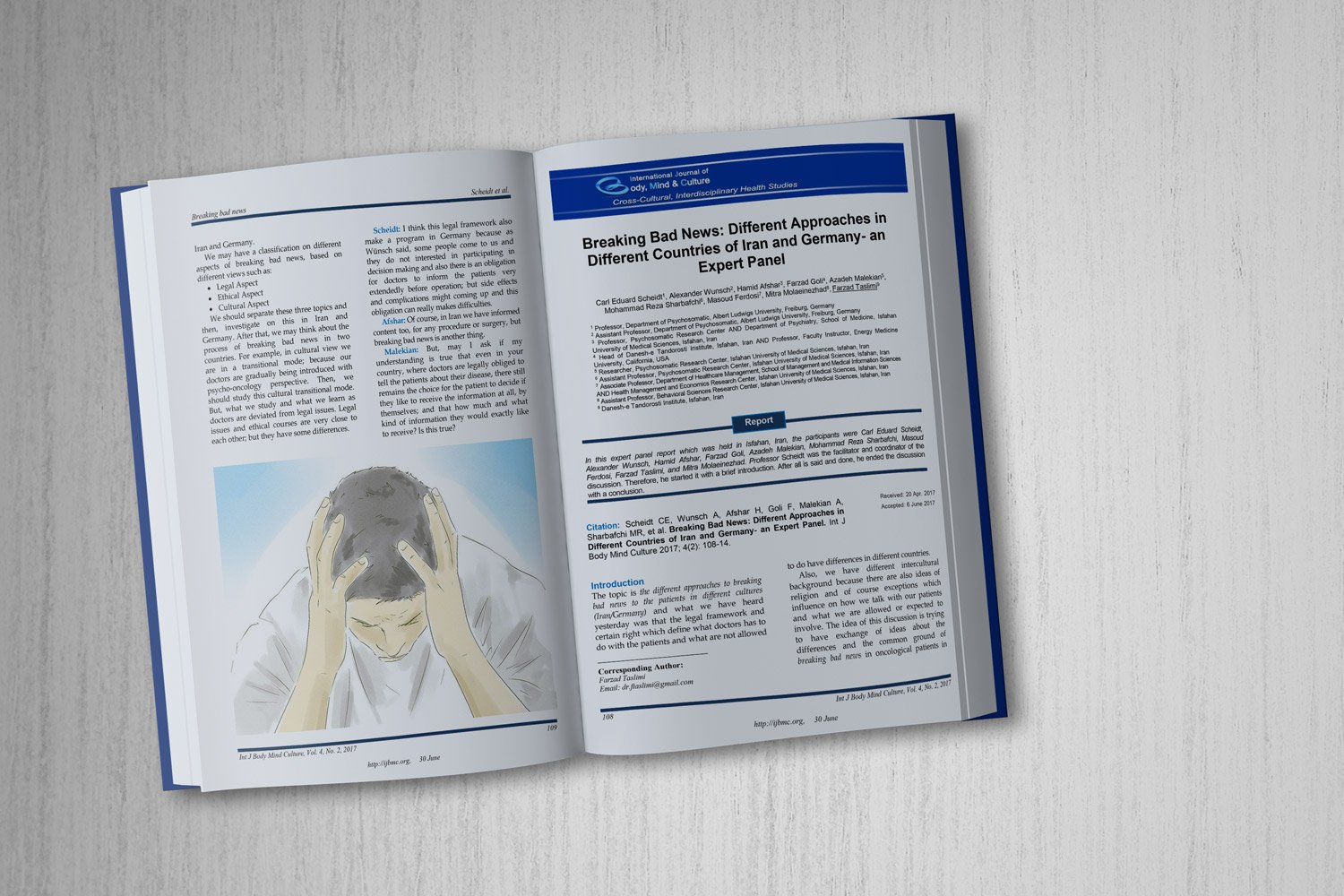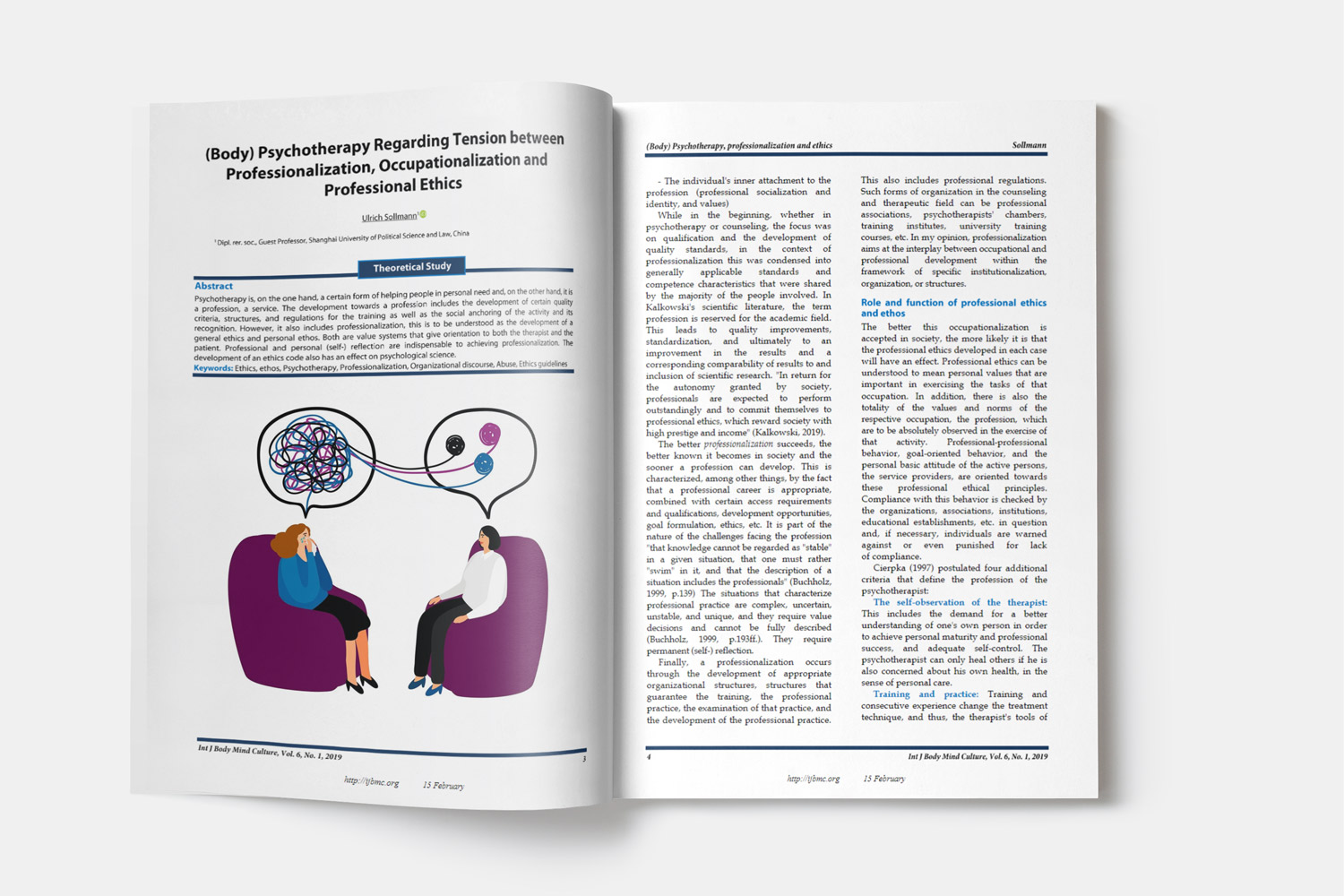Psychological Stress Among Preclinical and Clinical Dental Students: Patterns, Gender Differences, and Academic Stage Variations
Downloads
Objective: This study aimed to assess psychological stress levels among preclinical and clinical dental students at Ahl-Albayt University, Karbala, Iraq, and to identify variations in stress patterns according to gender and academic stage.
Materials and Methods: A cross-sectional study was conducted during the second semester of the 2023–24 academic year, involving 315 dental students (211 females, 104 males) from first to fifth academic years. The Dental Environment Stress (DES) questionnaire, adapted to the local context, was used to evaluate stress across three domains: personal factors, educational environment, and clinical training. Responses were rated on a 4-point Likert scale. Data were analyzed using the Kolmogorov–Smirnov test for normality, the Mann-Whitney U test for gender comparisons, and the Kruskal–Wallis test with pairwise comparisons for stage-related differences. A p-value <0.05 was considered significant.
Results: No significant difference was found in total stress scores between males and females; however, females reported higher stress in patient interactions and examination workload (p<0.05). Stress was moderate in early academic stages, peaked in middle years due to family health concerns and exam anxiety, and remained high in final years because of accumulated workload, prolonged clinical/lab practice, and course requirements. Stage-specific stressors included fear of unemployment in third-year students, patient-related concerns in fourth-year students, and intensive graduation requirements in fifth-year students.
Conclusion: Psychological stress among dental students at Ahl-Albayt University varies by academic stage and stressor type, with females experiencing more patient-related and exam stress. These findings highlight the need for targeted stress management interventions, early counseling, and supportive clinical training to reduce the negative impact of stress on academic performance and well-being.
Downloads
Abu-Ghazaleh, S. B., Sonbol, H. N., & Rajab, L. D. (2016). A longitudinal study of psychological stress among undergraduate dental students at the University of Jordan. https://link.springer.com/article/10.1186/s12909-016-0612-6
Acharya, S. (2003). Factors Affecting Stress Among Indian Dental Students. Journal of Dental Education, 67(10), 1140-1148. https://doi.org/10.1002/j.0022-0337.2003.67.10.tb03707.x
Al-Sowygh, Z. H. (2013). Academic Distress, Perceived Stress, and Coping Strategies among Dental Students in Saudi Arabia. The Saudi Dental Journal, 25(3), 97-105. https://doi.org/10.1016/j.sdentj.2013.05.002
Al Faris, E., Farhana, I. F., Qureshi, R., Naeem, N., Alshomrani, A., Ponnamperuma, G., Al Yousufi, N., Al Maflehi, N., Al Naami, M., Jamal, A., & Van der Vleuten, C. (2016). Health professions' students have an alarming prevalence of depressive symptoms: Exploration of the associated factors. BMC Medical Education, 16, 279. https://doi.org/10.1186/s12909-016-0794-y
Alvenfors, A., Velic, M., Marklund, B., Kylén, S., Lingström, P., & Bernson, J. (2022). "Difficult" dental patients: A grounded theory study of dental staff's experiences. BDJ Open, 8(1), 24. https://doi.org/10.1038/s41405-022-00115-7
Alzahem, A. M., Van der Molen, H. T., Alaujan, A. H., Schmidt, H. G., & Zamakhshary, M. H. (2011). Stress amongst dental students: A systematic review. European Journal of Dental Education, 15(1), 8-18. https://doi.org/10.1111/j.1600-0579.2010.00640.x
Basudan, S., Binanzan, N., & Alhassan, A. (2017). Depression, anxiety, and stress in dental students. International Journal of Medical Education, 8, 179. https://doi.org/10.5116/ijme.5910.b961
Bedewy, D., & Gabriel, A. (2015). Examining perceptions of academic stress and its sources among university students: The Perception of Academic Stress Scale. Health Psychology Open, 2(2), 2055102915596714. https://doi.org/10.1177/2055102915596714
Beiter, R., Nash, R., McCrady, M., Rhoades, D., Linscomb, M., Clarahan, M., & Sammut, S. (2015). The prevalence and correlates of depression, anxiety, and stress in a sample of college students. Journal of Affective Disorders, 173, 90-96. https://doi.org/10.1016/j.jad.2014.10.054
Boorberg, N. B. (2012). International Dentist Degree Students' Educational Experiences, Perceptions, and Adaptation to the International Dentist Degree Program at the University of Manitoba, University of Manitoba (Canada). https://search.proquest.com/openview/3f5371aee6bfea297695699ba2a58843/1.pdf?pq-origsite=gscholar&cbl=18750
Divaris, K., Barlow, P. J., Chendea, S. A., Cheong, W. S., Dounis, A., Dragan, I. F., & Vrazic, D. (2008). The Academic Environment: A Student's Perspective. European Journal of Dental Education, 12, 120-130. https://doi.org/10.1111/j.1600-0579.2007.00494.x
Elani, H. W., Allison, P. J., Kumar, R. A., Mancini, L., Lambrou, A., & Bedos, C. (2014). A systematic review of stress in dental students. Journal of Dental Education, 78(2), 226-242. https://doi.org/10.1002/j.0022-0337.2014.78.2.tb05673.x
Fluerașu, M. I., Bocsan, I. C., Buduru, S., Pop, R. M., Vesa, S. C., Zaharia, A., & Iacob, S. M. (2021). The correlation between sleep bruxism, salivary cortisol, and psychological status in young, Caucasian healthy adults. CRANIO®, 39(3), 218-224. https://doi.org/10.1080/08869634.2019.1619250
Halboub, E., Alhajj, M. N., AlKhairat, A. M., Sahaqi, A. A. M., & Quadri, M. F. A. (2018). Perceived stress among undergraduate dental students in relation to gender, clinical training, and academic performance. Acta Stomatologica Croatica, 52(1), 37. https://doi.org/10.15644/asc52/1/6
Harris, M., Wilson, J. C., Holmes, S., & Radford, D. R. (2017). Perceived stress and well-being among dental hygiene and dental therapy students. British Dental Journal, 222(2), 101-106. https://doi.org/10.1038/sj.bdj.2017.76
Jahan, S. S., Nerali, J. T., Parsa, A. D., & Kabir, R. (2022). Exploring the association between emotional intelligence and academic performance and stress factors among dental students: A scoping review. Dentistry Journal, 10(4), 67. https://doi.org/10.3390/dj10040067
Jain, M., Sharma, A., Singh, S., Jain, V., & Miglani, S. (2016). The stress of clinical dental training: A cross-sectional survey among dental students and dentists of a dental college in India. Journal of Indian Association of Public Health Dentistry, 14(4), 434-439. https://doi.org/10.4103/2319-5932.195827
Jowkar, Z., Masoumi, M., & Mahmoodian, H. (2020). Psychological stress and stressors among clinical dental students at Shiraz School of Dentistry, Iran. Advances in Medical Education and Practice, 11, 113-120. https://doi.org/10.2147/AMEP.S236758
Lloyd, C., & Musser, L. A. (1989). Psychiatric symptoms in dental students. Journal of Nervous and Mental Disease, 177, 61-69. https://doi.org/10.1097/00005053-198902000-00001
Manolova, M. S., Stefanova, V. P., Panayotov, I. V., Romieu, G., Belcheva, A. B., Markova, K. B., & Levallois, B. (2012). Perceived sources of stress in fifth-year dental students: a comparative study. Folia Med (Plovdiv), 54(2), 52-59. https://doi.org/10.2478/v10153-011-0089-3
Marin, M. F., Lord, C., Andrews, J., Juster, R. P., Sindi, S., Arsenault-Lapierre, G., & Lupien, S. J. (2011). Chronic stress, cognitive functioning, and mental health. Neurobiology of learning and memory, 96(4), 583-595. https://doi.org/10.1016/j.nlm.2011.02.016
Melamed, S., Shirom, A., Toker, S., Berliner, S., & Shapira, I. (2006). Burnout and risk of cardiovascular disease: Evidence, possible causal paths, and promising research directions. Psychological Bulletin, 132(3), 327-353. https://doi.org/10.1037/0033-2909.132.3.327
Mocny-Pachońska, K., Doniec, R., Trzcionka, A., Pachoński, M., Piaseczna, N., Sieciński, S., Osadcha, O., Łanowy, P., & Tanasiewicz, M. (2020). Evaluating the stress-response of dental students to the dental school environment. Peerj, 8, e8981. https://doi.org/10.7717/peerj.8981
Nair, B., Otaki, F., Nair, A. F., & Ho, S. B. (2023). Medical students' perception of resilience and of an innovative curriculum-based resilience skills building course: A participant-focused qualitative analysis. PLoS One, 18(3), e0280417. https://doi.org/10.1371/journal.pone.0280417
Nijakowski, K., Gruszczyński, D., Łaganowski, K., Furmańczak, J., Brożek, A., Nowicki, M., & Surdacka, A. (2022). Salivary morning cortisol as a potential predictor for high academic stress level in dental students: A preliminary study. International journal of environmental research and public health, 19(5), 3132. https://doi.org/10.3390/ijerph19053132
Peker, I., Alkurt, M. T., Usta, M. G., & Turkbay, T. (2009). Evaluation of Perceived Sources of Stress and Stress Levels among Turkish Dental Students International Dental Journal, 59(2), 103-111. https://doi.org/10.1016/S0020-6539(20)33828-4
Polychronopoulou, A., & Divaris, K. (2009). Dental students' perceived sources of stress: A multi‐country study. Journal of Dental Education, 73(5), 631-639. https://doi.org/10.1002/j.0022-0337.2009.73.5.tb04738.x
Polychronopoulou, A., & Divaris, K. (2010). A longitudinal study of Greek dental students' perceived sources of stress. Journal of Dental Education, 74(5), 524-530. https://doi.org/10.1002/j.0022-0337.2010.74.5.tb04899.x
Radeef, A. S., & Faisal, G. G. (2018). Stressors and their association with symptoms of depression, anxiety, and stress in dental students. Makara Journal of Health Research, 22(2), 1. https://doi.org/10.7454/msk.v22i2.9064
Sanders, A. E., & Lushington, K. (2002). The Effect of Perceived Stress on Student Performance in Dental School. Journal of Dental Education, 66(1), 75-81. https://doi.org/10.1002/j.0022-0337.2002.66.1.tb03510.x
Subramanian, J., & Thomson, W. M. (2017). The learning environment in professional doctorate and postgraduate dental education: A qualitative study. European Journal of Dental Education, 21(4), 261-271. https://doi.org/10.1111/eje.12209
Tangade, P. S., Mathur, A., Gupta, R., & Chaudhary, S. (2011). Assessment of stress level among dental school students: An Indian outlook. Dental Research Journal, 8(2), 95-101. https://pmc.ncbi.nlm.nih.gov/articles/PMC3177400/
Tricio, J., Garcés, G., Vicuña, D., & Orsini, C. (2023). Contrasting student and staff perceptions of preclinical-to-clinical transition at a Chilean dental school. European Journal of Dental Education, 27(4), 773-783. https://doi.org/10.1111/eje.12865
Veal, K., Perry, M., Stavisky, J., & Herbert, K. (2004). The Pathway to Dentistry for Minority Students: From Their Perspective. Journal of Dental Education, 68(9), 938-946. https://doi.org/10.1002/j.0022-0337.2004.68.9.tb03842.x
Copyright (c) 2025 International Journal of Body, Mind and Culture

This work is licensed under a Creative Commons Attribution-NonCommercial 4.0 International License.






